3D printed saw guides and provisional plate for corrective osteotomy of the radius
Score and Comment on this Case
Clinical Details
Clinical and radiological findings: History: 25 year old refugee. Radial shaft fracture as 15 year old in Middle East. Close reduction + casting. New injury during casting. Surgery with open reduction and plate fixation in another Middle-East country. Complains over pain and reduced rotation, cannot hold pen in normal fashion. Exam: lacks 40 degrees pronation, lacks some supination as well, tender with pronation. Radiograph: Radius mal-union
Preoperative Plan
Planning remarks: 3D print of the injured arm demonstrated dynamic collision between radius + ulna with screw interference on pro/supination. Virtual surgical planning used a 3D CT-based-mesh of the non-injured side (blue), to define the level and degree of deformity, and plan a single multiplanar corrective osteotomy. CAD was used to create a modular osteotomy guide with 2 saw insert sleeves. A 3D printed temporary reduction plate (green) was then applied using the old screw holes to hold reduction pending definitive plating.
Surgical Discussion
Operative remarks:Credit to: Max Temmesfeld - Akershus Universitetssykehus
PubMed® Literature Review
Generated by The Literature - Realtime PubMed® AnalysisSatria et al. (2022) demonstrated the efficacy of arthroscopy-assisted osteotomy combined with 3D-printed guides for the reconstruction of intraarticular distal radius malunions, with improved QuickDASH and ROM postoperatively[1]. In a cadaver study by Caiti et al. (2021), a novel cast-based 3D-printed guide was evaluated for minimally invasive transfer of distal radius osteotomies, offering an alternative to patient-specific surgical guides or optical navigation systems[2].
Caiti et al. (2020) reviewed computer-assisted techniques for corrective distal radius osteotomy procedures, emphasizing the role of 3D-printed guides in restoring anatomical alignment and function[3]. Willemsen et al. (2021) compared synthetic CT and CT-based workflows for 3D-printed saw guides used in lower arm osteotomies, noting that synthetic CT could potentially avoid radiation exposure without compromising osteotomy results[4].
Belloti et al. (2021) employed 3D printing for planning corrective osteotomies of distal radius malunions, leading to improved palmar tilt, ulnar variance, and radial inclination radiographically[5]. Caiti et al. (2018) investigated the positioning accuracy of custom 3D-printed surgical guides for the radius, examining different fitting locations and guide designs, and suggesting further research to improve guide stability and positioning accuracy[6].
Temmesfeld et al. (2020) reported on an 18-year-old patient with intra-articular malunion of the distal radius who underwent a successful corrective osteotomy using in-house produced patient-specific surgical guides, highlighting the potential for low-cost 3D printing solutions[7]. Kim et al. (2017) proposed a graphic overlay method for selecting osteotomy sites in chronic radial head dislocation, using 3D computer images and software for simplifying the process, and validated the approach with 3D-printed bone models[8]. Inge et al. (2018) showcased a low-cost workflow for 3D printing in corrective osteotomy of malunited distal radius fractures, offering a cost-effective preoperative planning solution[9].
In summary, recent advancements in 3D printing technology have demonstrated significant potential for improving the accuracy and efficacy of osteotomy procedures in distal radius malunions. These innovations offer customizable, cost-effective solutions that can minimize radiation exposure while enhancing surgical outcomes.
References:
[1] https://pubmed.ncbi.nlm.nih.gov/35853284/
[2] https://pubmed.ncbi.nlm.nih.gov/33475897/
[3] https://pubmed.ncbi.nlm.nih.gov/31329563/
[4] https://pubmed.ncbi.nlm.nih.gov/33914209/
[5] https://pubmed.ncbi.nlm.nih.gov/34134854/
[6] https://pubmed.ncbi.nlm.nih.gov/29110185/
[7] https://pubmed.ncbi.nlm.nih.gov/31899717/
Search for Related Literature
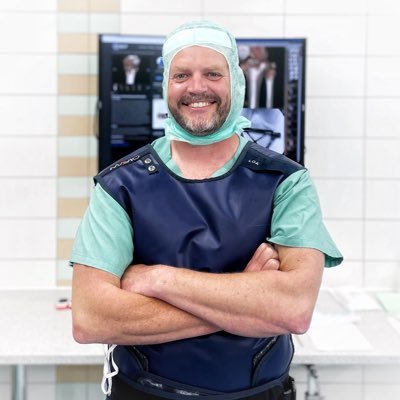
Dr Ed Oates
- Germany , Schleswig Holstein
- Area of Specialty - General Trauma
- Position - Specialist Consultant

Industry Sponsership
contact us for advertising opportunities
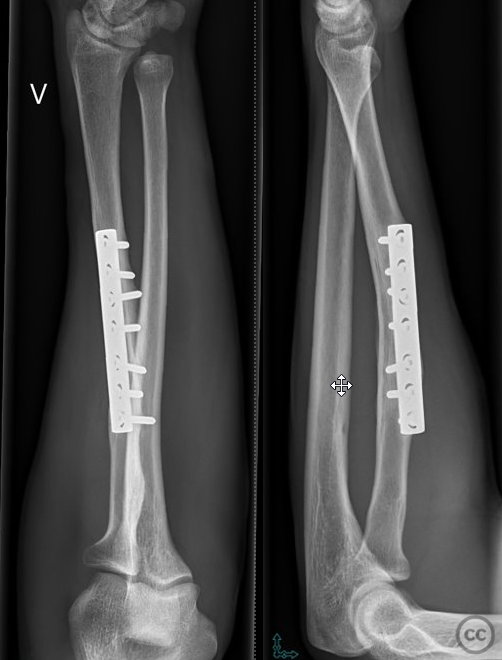
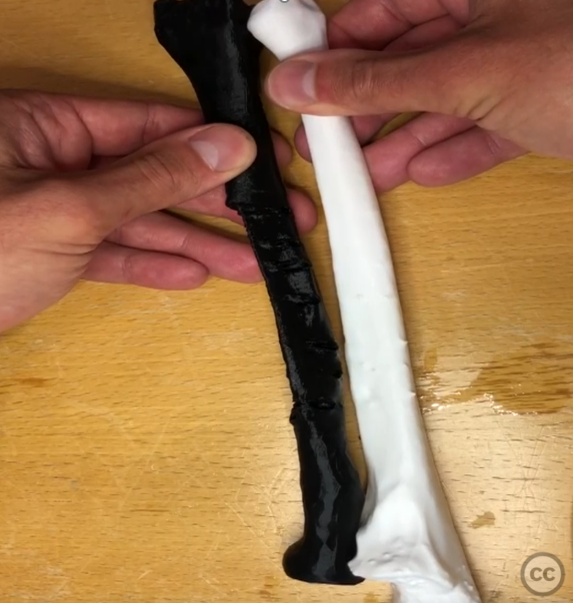

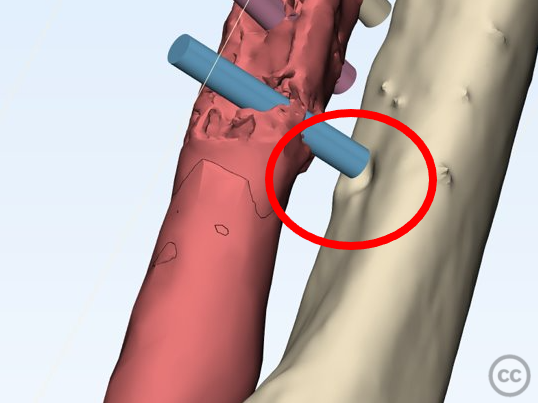
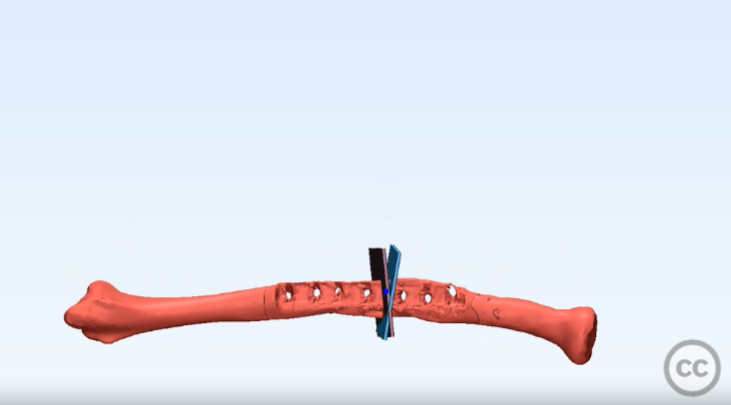
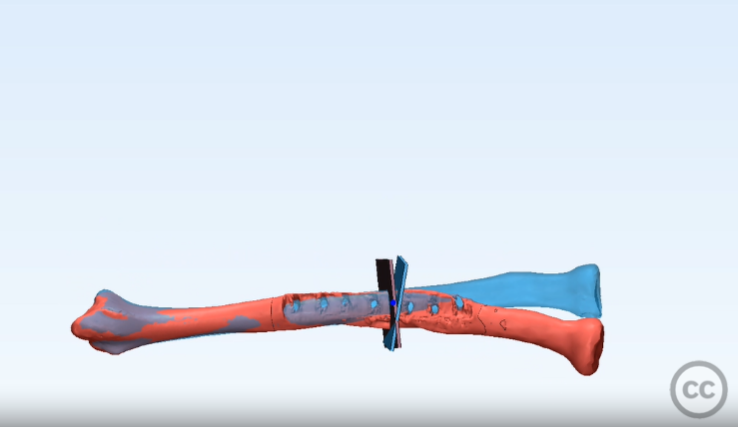

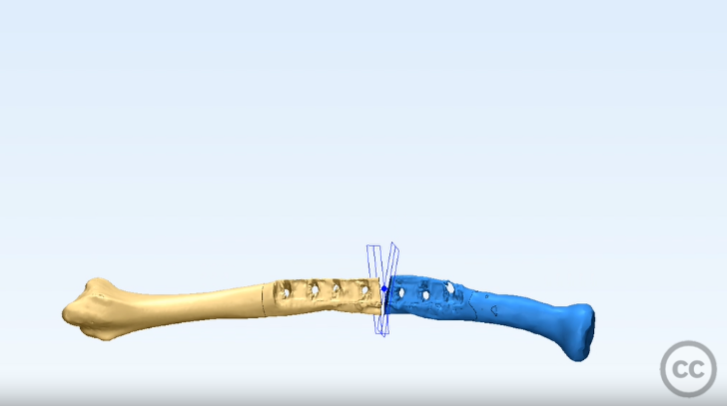
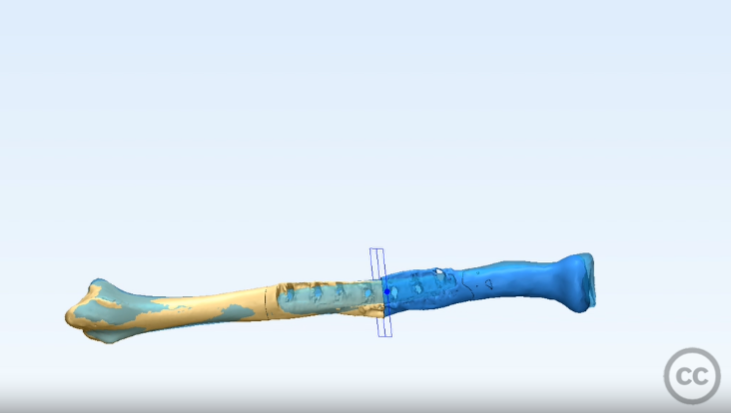
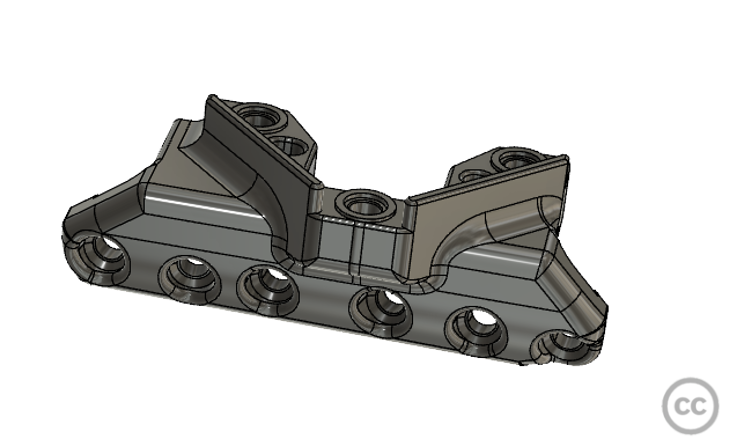
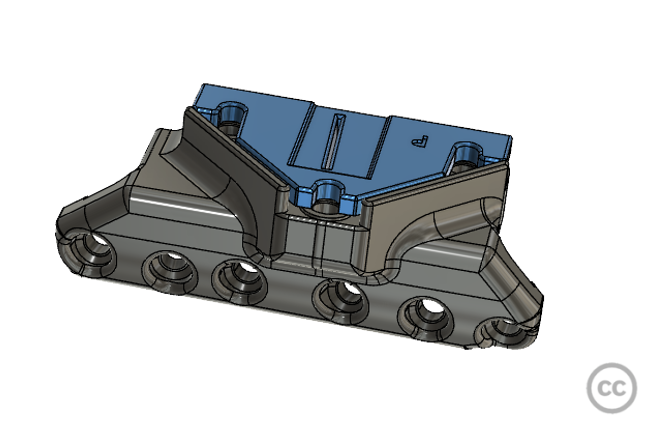
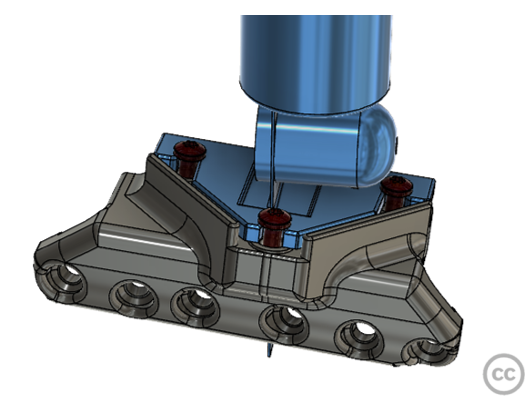
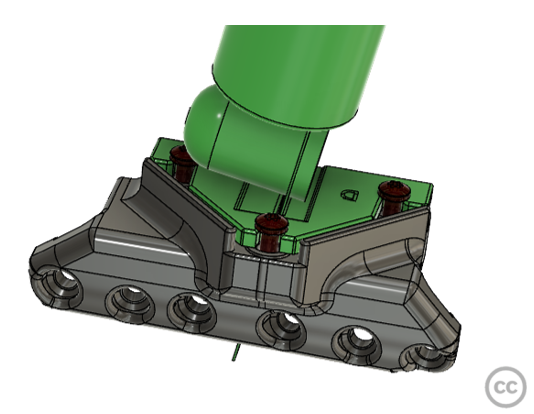
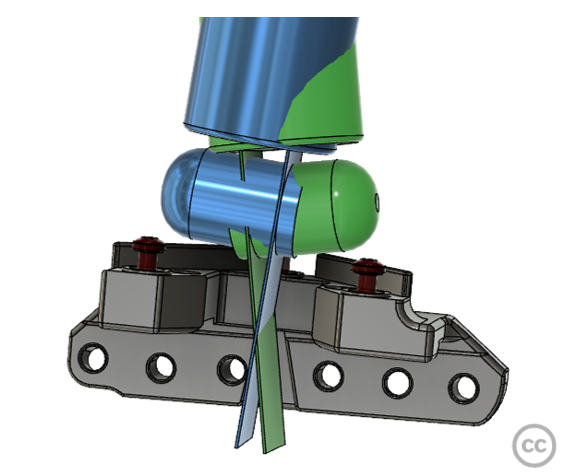
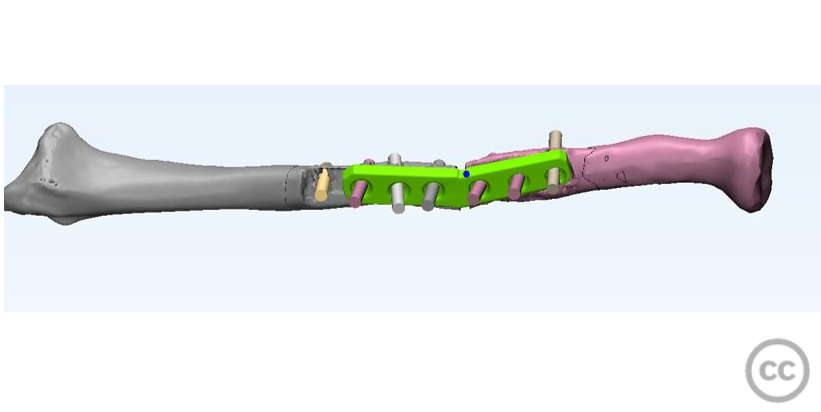
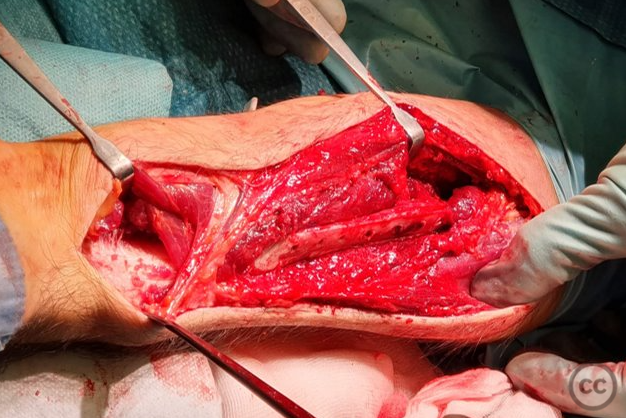
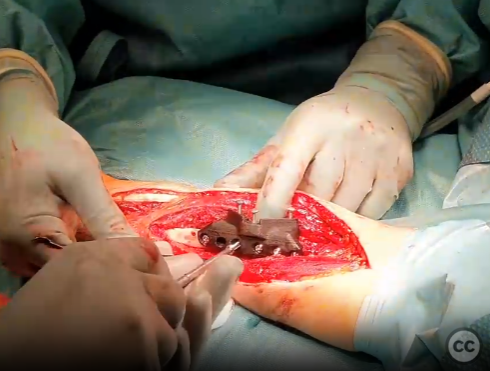
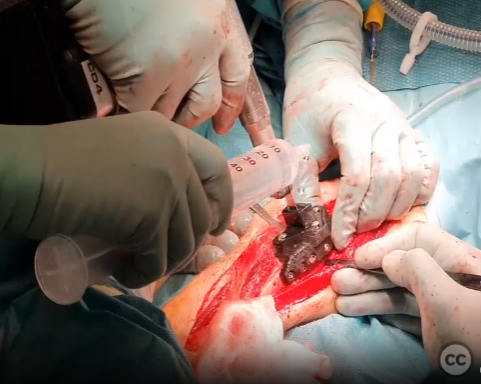
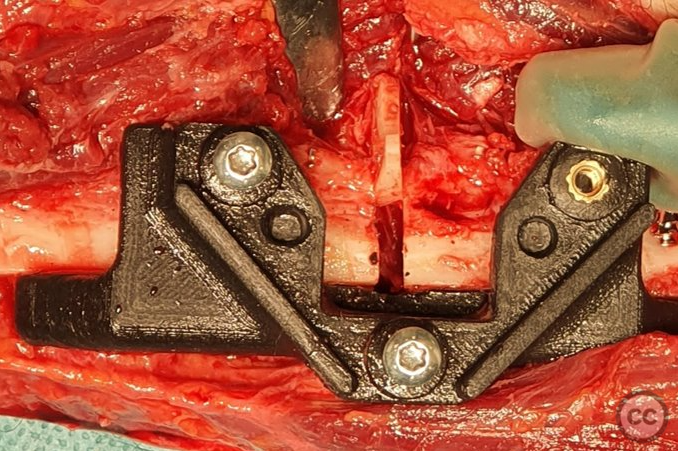
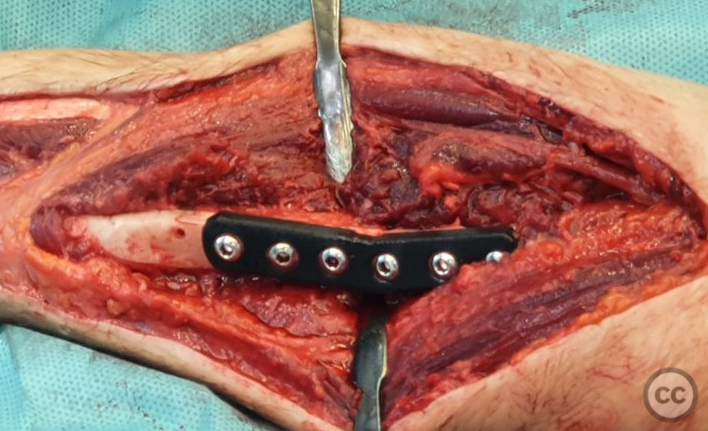

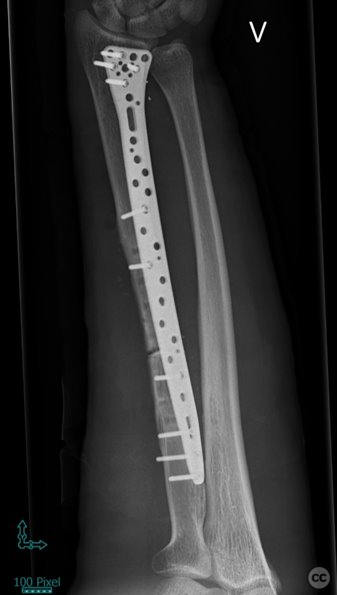
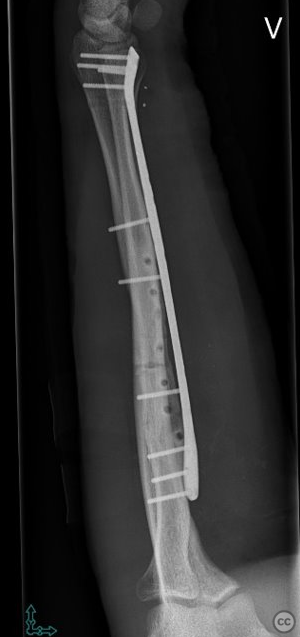
Article viewed 1191 times
16 Apr 2023
Add to Bookmarks
Full Citation
Cite this article:
Oates, E.J. (2023). 3D printed saw guides and provisional plate for corrective osteotomy of the radius. Journal of Orthopaedic Surgery and Traumatology. Case Report 6758743 Published Online Apr 16 2023.